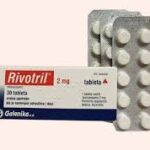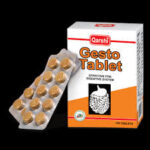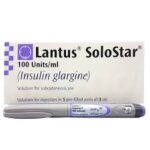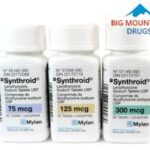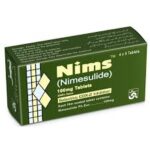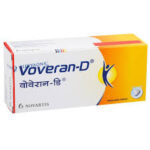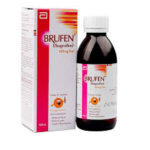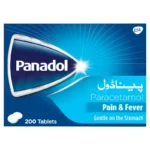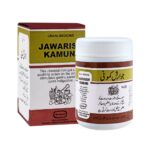Sitaglumet is a combination medication typically used in the treatment of type 2 diabetes mellitus. It contains two active ingredients: sitagliptin and metformin. These ingredients work together to help control blood sugar levels in patients who are unable to manage their condition with diet and exercise alone. Here’s a detailed description:
- Appearance: Sitaglumet tablets are usually oval or oblong in shape, with a film coating that makes them easier to swallow. The color and imprint on the tablet can vary depending on the dosage strength.
- Composition: Each Sitaglumet tablet combines two active ingredients:
- Sitagliptin: A dipeptidyl peptidase-4 (DPP-4) inhibitor, commonly found in dosages like 50 mg or 100 mg.
- Metformin hydrochloride: An oral antidiabetic drug available in immediate-release or extended-release forms, with typical dosages ranging from 500 mg to 1000 mg.
- Mechanism of Action:
- Sitagliptin: Inhibits the DPP-4 enzyme, which results in increased levels of incretin hormones. These hormones help to increase insulin production and decrease glucagon secretion, both of which lower blood glucose levels.
- Metformin: Works by reducing the amount of glucose produced by the liver, decreasing the absorption of glucose in the intestines, and improving the body’s sensitivity to insulin.
- Indications: Sitaglumet is prescribed for the management of type 2 diabetes in adults. It is especially useful for patients who need additional blood sugar control after being treated with metformin alone or in combination with other medications.
- Dosage: The dosage of Sitaglumet is tailored to the individual patient, based on factors such as their current treatment plan, effectiveness of the medication, and tolerance to the drug. It is typically taken twice daily with meals to minimize gastrointestinal side effects associated with metformin.
- Side Effects: Common side effects of Sitaglumet may include nausea, diarrhea, stomach upset, and headaches. Metformin can sometimes cause a rare but serious side effect called lactic acidosis, especially in people with kidney problems. Sitagliptin may cause upper respiratory infections and, in rare cases, pancreatitis.
- Precautions: Patients using Sitaglumet should be monitored regularly for kidney function, as both sitagliptin and metformin are excreted through the kidneys. The medication should be used cautiously in patients with a history of pancreatitis, heart failure, or significant liver disease. It is important to avoid excessive alcohol consumption while taking this medication, as it can increase the risk of lactic acidosis.
- Interactions: Sitaglumet may interact with other medications, such as insulin or sulfonylureas, which can increase the risk of hypoglycemia (low blood sugar). Patients should inform their healthcare provider of all medications they are taking, including over-the-counter drugs and supplements.
- Administration: Sitaglumet should be taken as prescribed by a healthcare provider, usually with meals to reduce gastrointestinal discomfort. Extended-release forms of the tablet should not be crushed or chewed, as this can affect the release and absorption of the medication.
Sitaglumet is a combination therapy that provides effective management of type 2 diabetes by addressing both insulin production and glucose control. When combined with lifestyle changes such as diet and exercise, it can help patients maintain better control over their blood sugar levels.
4o




